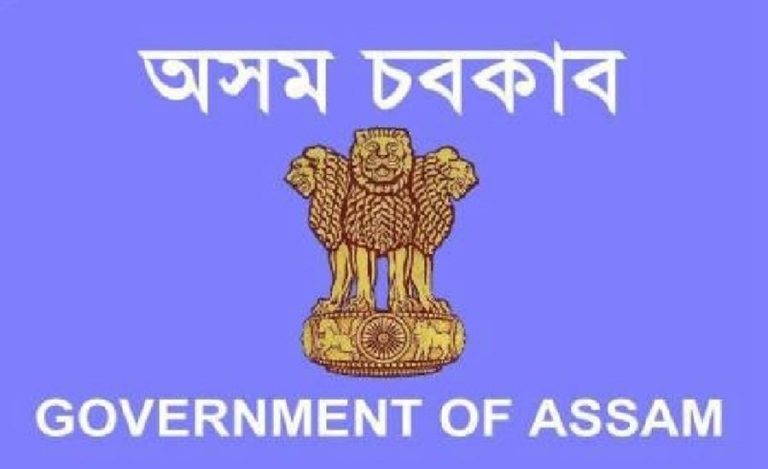New Delhi: The Central Government has approved the introduction of two additional investment options – Life Cycle (LC) and Balanced Life Cycle (BLC) – for government employees under the National Pension System (NPS) and Unified Pension Scheme (UPS). The move aims to provide employees with greater flexibility in retirement planning, the Finance Ministry announced on Friday.
New Investment Options Explained
Previously, government employees had limited investment choices under NPS and UPS. The new options are designed to allow employees to tailor their retirement corpus according to personal risk appetite and long-term financial goals.
- Default Option: Investments follow a pre-determined pattern as defined by the Pension Fund Regulatory and Development Authority (PFRDA).
- Scheme G: 100% investment in government securities for low-risk, fixed returns.
Life Cycle (LC) Options –
- LC-25: Maximum 25% equity allocation, tapering gradually from age 35 to 55.
- LC-50: Maximum 50% equity allocation, tapering gradually from age 35 to 55.
- LC-75: Maximum 75% equity allocation, tapering gradually from age 35 to 55.
- Balanced Life Cycle (BLC): Modified LC-50, with equity allocation tapering from age 45, allowing employees to stay invested in equities for a longer period if desired.
Benefits for Government Employees
The Finance Ministry emphasized that the move aligns government employees’ investment options with those available to non-government NPS subscribers. The addition of Life Cycle and Balanced Life Cycle options allows employees –
- Greater flexibility in retirement planning.
- Ability to adjust equity exposure based on age and risk tolerance.
- Potential for higher long-term returns through extended equity investment.
Moving Towards Personalized Pension Planning
Officials noted that the extension of these options is part of the government’s efforts to modernize and make NPS and UPS more responsive to employee preferences. The expanded choices aim to improve retirement outcomes while maintaining risk-adjusted investment strategies.



























